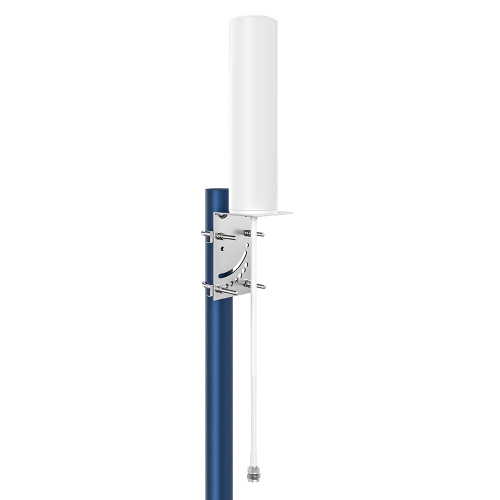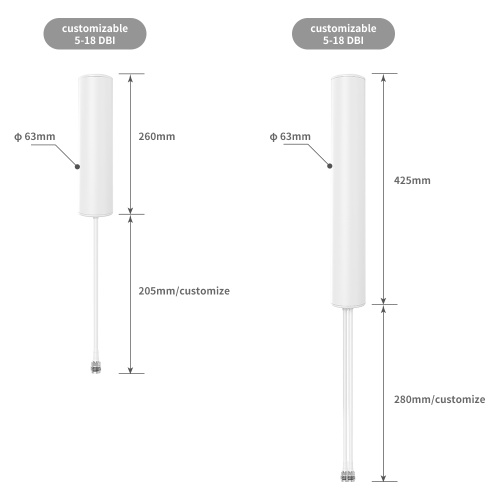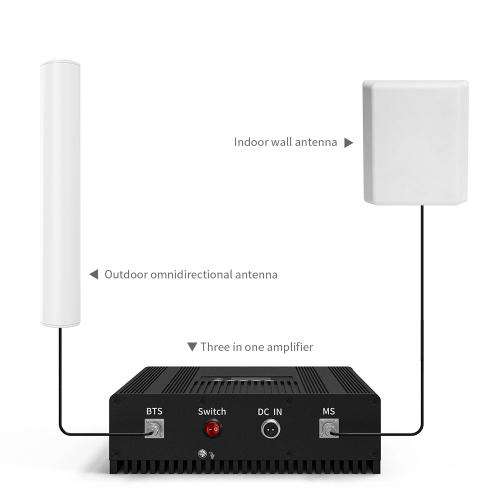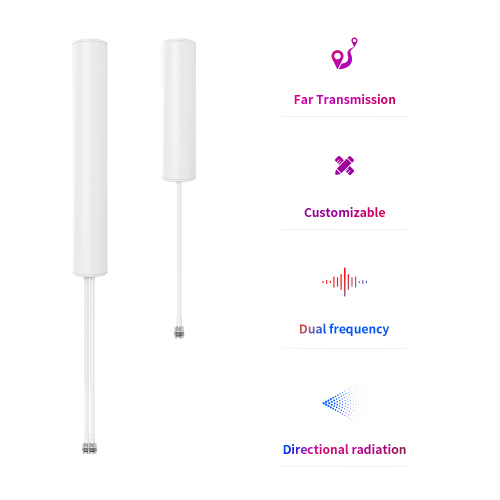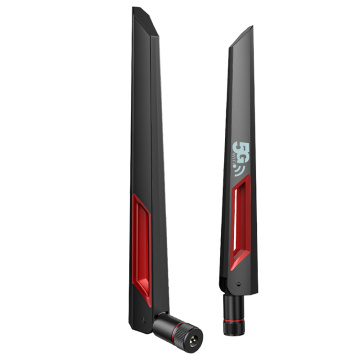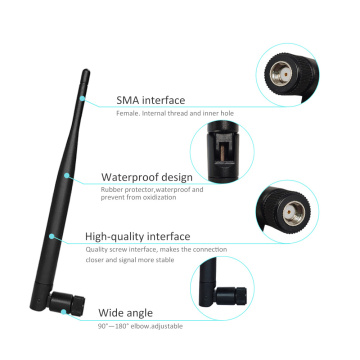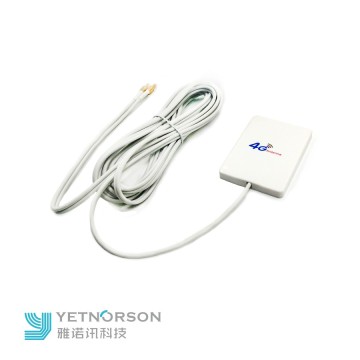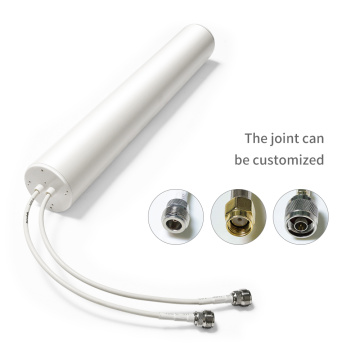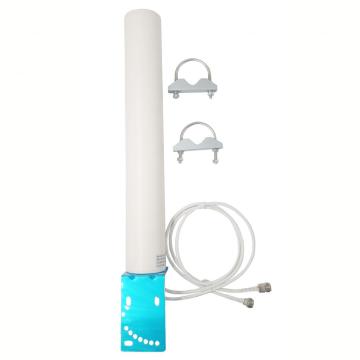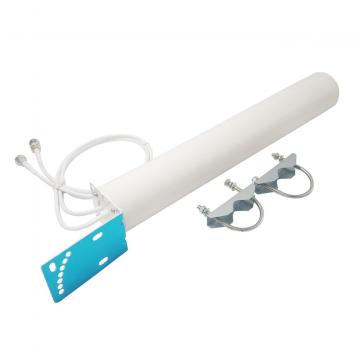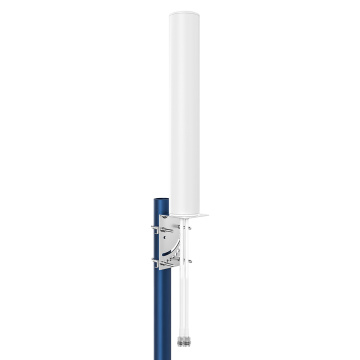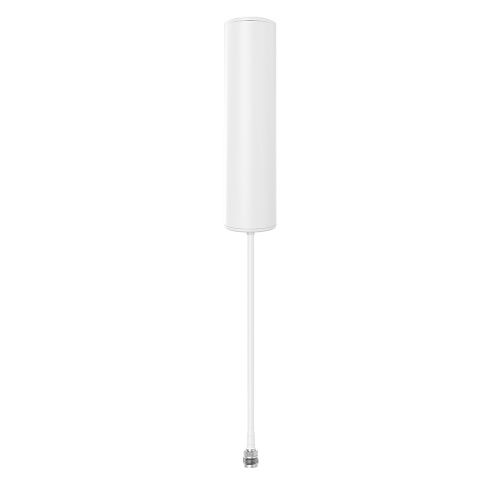
cylinder antenna 600~3800mhz omnidirectional antenna
- Transportation:
- Ocean, Land, Air, Express
- Port:
- Shenzhen, Hongkong
Your message must be between 20 to 2000 characters
Contact Now| Place of Origin: | Shenzhen |
|---|---|
| Productivity: | 1000pcs/day |
| Supply Ability: | 1000pcs/day |
| Payment Type: | L/C,T/T,D/P,D/A,Paypal |
| Incoterm: | CFR,FOB,CIF,EXW,Express Delivery |
| Certificate: | CE, FCC, ROSH, ISO9001 |
| HS Code: | 8517707090 |
| Transportation: | Ocean,Land,Air,Express |
| Port: | Shenzhen,Hongkong |
Waterproof IP67 4G Cylinder Communication Antenna
1、monopole
1.1 Microstrip-fed monopoles. The planar monopole antenna has a simple structure and a nearly omnidirectional radiation pattern, and is widely used in communications, such as the monopole antenna shown in the figure below. The biggest difference of the antenna is the deformation of the ground. The ground of the conventional antenna is often the size of the entire medium, while the ground of the monopole is only half the size of the medium, and one side is changed to an ellipse and a triangle, and the ellipse is long and short. The ratio of the semi-axes is 1.8, the monopole is also elliptical, the ratio of the long and short semi-axes is 1.2, the whole antenna has microstrip feed, the ground width W and the length h of the feed slot are the main parameters that affect the performance of the antenna.
1.2 Coplanar waveguide fed monopole antenna. One of its features is the use of coplanar waveguides for feeding. Compared with traditional microstrip lines, coplanar waveguides have two major advantages: low offset characteristics at high frequencies and wide impedance bandwidth. Another feature is that the radiating element adopts a hexagonal patch. Compared with other rectangles, squares and triangles, hexagons also have inherent advantages of broadband characteristics. The entire antenna feeding part has holes on the upper and lower surfaces of the grounded coplanar waveguide to form a short circuit between the upper and lower layers, thereby preventing the generation of spurious modes, and the number of holes can also change the input impedance of the antenna. It can also be seen from the picture that the ground under the hexagonal patch is removed, which can promote the radiation of the broadside at the bottom. Good matching can be achieved by adjusting the width of the feeder and the slits on both sides of the feeder, which also makes it easy to obtain impedance matching of the antenna.
2、Dipole
Although monopoles and dipoles have an omnidirectional radiation pattern in theory, in fact, due to the influence of the feeder, the electric field on the vertical plane is down-sloped, which affects the radiation characteristics in the horizontal direction, so it is difficult to obtain the omnidirectional direction. picture. The antenna is composed of dipoles. By reasonably arranging the isolation between the dipole radiating element and the feeder, the influence of the feeder is shielded, so that omnidirectional radiation is achieved in the horizontal direction. The antenna uses another dipole as a parasitic element to make the entire antenna. It works in two frequency bands 0.9GHZ and 2.0GHZ, and the antenna gain is very high, and the two frequency bands reach 10dBi and 12dBi respectively. The whole antenna structure is: a metal tube in the middle, surrounded by four pieces of medium, each medium has two dipoles with parasitic units, the dipole length is 137mm, the operating frequency is 0.9GHZ, the parasitic unit is The length is 47mm, the operating frequency is 2.0GHZ, the center distance of the two dipoles on the same substrate is 150mm, and the entire antenna is covered by a cylindrical radome with a diameter of 110mm. The feeding part of the antenna uses a four-way splitter and a balun.
3、Feature:the Cylinder is suitable for :
*Omni Directinal Wifi
* Omni Directinal Outdoor
* Outdoor Antenna for Booster
* Outdoor Antenna for Router
* Waterproof outdoor Antenna
Related Keywords


